Why might a child have a headache?
A healthy child rarely complains of headaches. Usually, the symptom can be identified only after 5 years, when the child adequately assesses his condition and is able to describe unpleasant sensations. But most often, such complaints are expressed by teenagers.
Cephalgia (medical term for headache) can occur for many reasons and can occur both against the background of diseases and as an independent ailment. It is important not to ignore the child's complaints, promptly diagnosing health problems.

specialists

equipment

treatment
General information
Migraine
The disease is characterized by sudden attacks, in which cephalgia is observed in one part of the head, accompanied by photophobia, hyperacusis (a combination of phonophobia and hypersensitivity) and vomiting (nausea). The pain intensifies in an upright position or during physical exertion. Such an attack lasts from 4 hours to several days.
Migraines are usually provoked by stress, increased emotional and physical stress, consumption of large amounts of cocoa, chocolate, eggs, fasting, and changes in the weather.
Tension pain
The disease occurs after prolonged nervous overexcitement, stress. The main characteristic of this type is a squeezing pain that encircles the head like a helmet. The child has a headache, forehead, nausea, decreased attentiveness and worsened academic performance at school.
This condition is associated with overstraining of the head muscles due to stress, and as a result, compression of the vessels. Usually, an attack of this type of cephalgia lasts from 20 minutes to several hours.
Cluster headaches
This type is associated with irritation of the trigeminal nerve, characterized by "point" sharp, unbearable pain. Usually the child has a headache in the temples or in the eye area.
May be accompanied by associated symptoms:
- Increased sweating
- Lacrimation
- Dropping of the eyelid or sunken eye
- Runny nose
What to do if a child has a headache
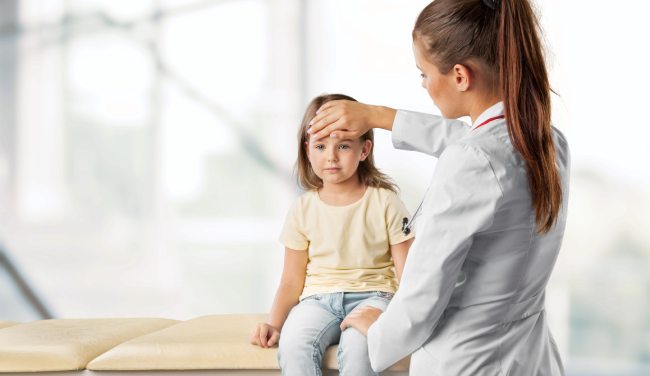
First of all, you need to deal with the accompanying symptoms - fever, nausea, nasal congestion. Try to calm the child, give him a warm drink, put him to bed. Try to darken the room and ensure silence.
Important: do not give any medications without a doctor's prescription!
If a child has a headache in the forehead area, it may be due to the flu or acute respiratory viral infection. In this case, it is recommended to measure the temperature and, if necessary, give an antipyretic.
If you have frequent complaints, you should definitely see a doctor. Cephalgia can hide quite serious infectious, inflammatory or vascular diseases, the treatment and diagnosis of which should be done by a pediatrician or neurologist.
Our doctors

This award is given to clinics with the highest ratings according to user ratings, a large number of requests from this site, and in the absence of critical violations.

This award is given to clinics with the highest ratings according to user ratings. It means that the place is known, loved, and definitely worth visiting.

The ProDoctors portal collected 500 thousand reviews, compiled a rating of doctors based on them and awarded the best. We are proud that our doctors are among those awarded.
Make an appointment at a convenient time on the nearest date
Price
Other services
Children's otorhinolaryngologist
Pediatric neurologist
Pediatric traumatologist-orthopedist
Pediatric ultrasound doctor
Pediatric endocrinologist
Pediatric pulmonologist
Pediatric gynecologist
Pediatric surgeon
Pediatric urologist-andrologist
Pediatric gastroenterologist
Pediatric cardiologist
Pediatric dermatologist
Children's allergist-immunologist
Pediatric nephrologist
Child psychiatrist
Child psychologist
Pediatric neuropsychologist
The child urinates frequently Hiccups in a child Parasites - helminths and lamblia

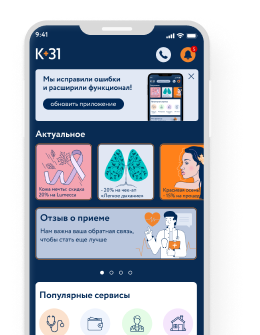





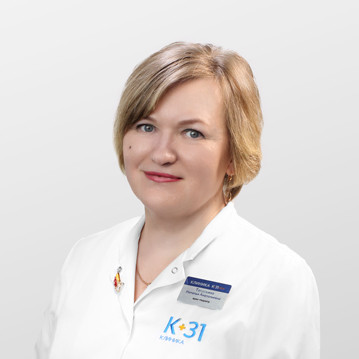
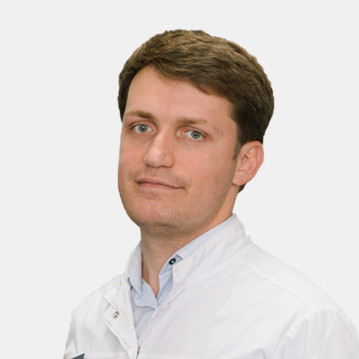
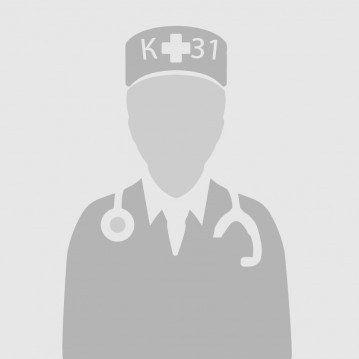

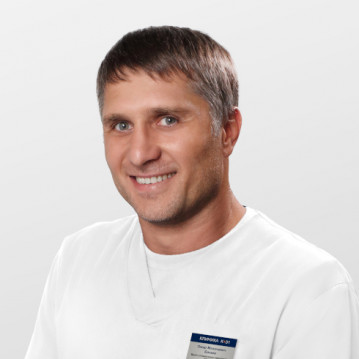
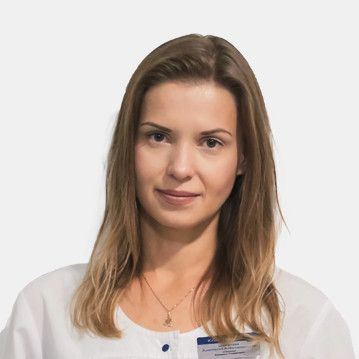
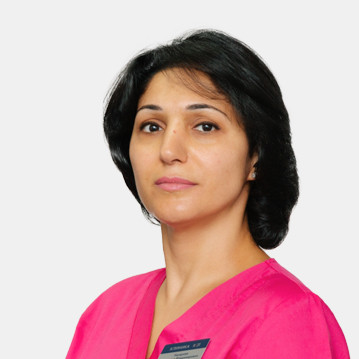
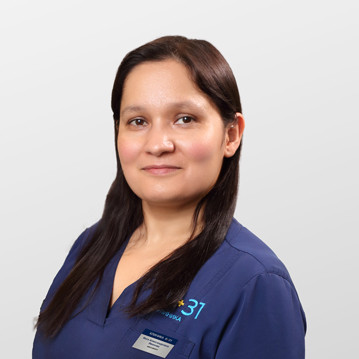


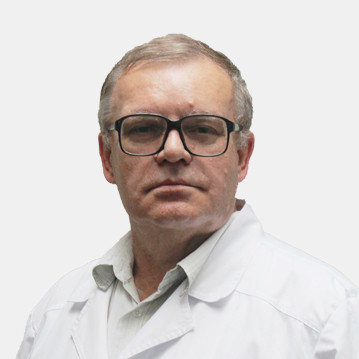
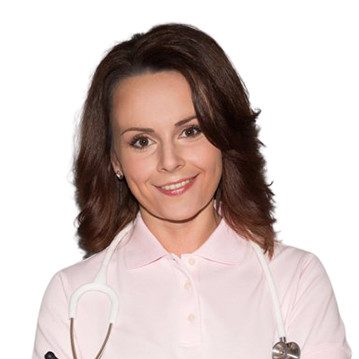

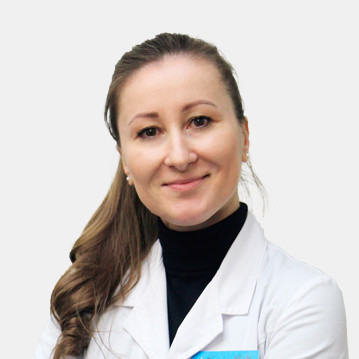
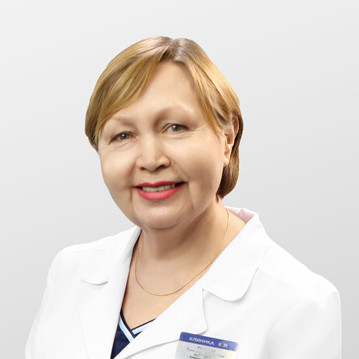
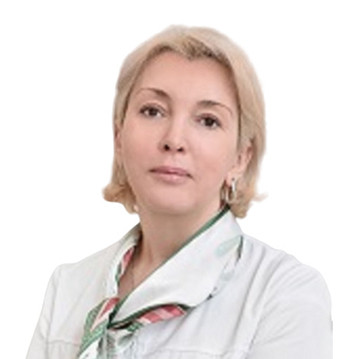
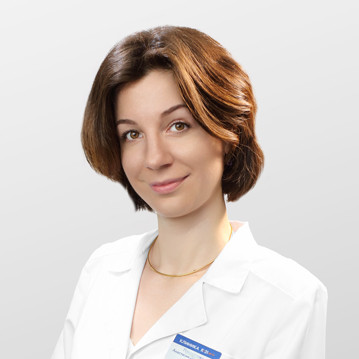
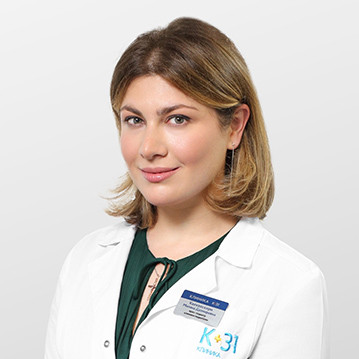
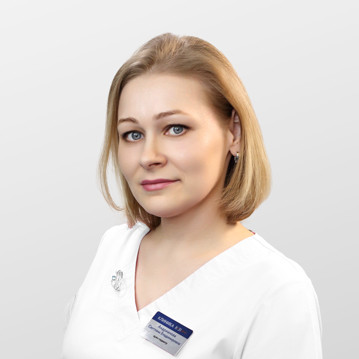
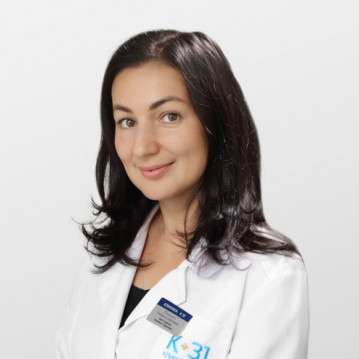
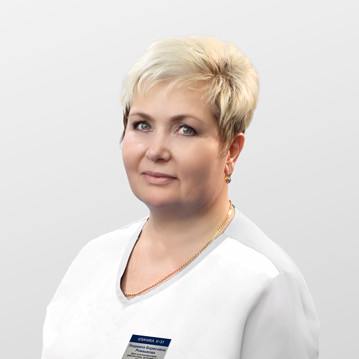

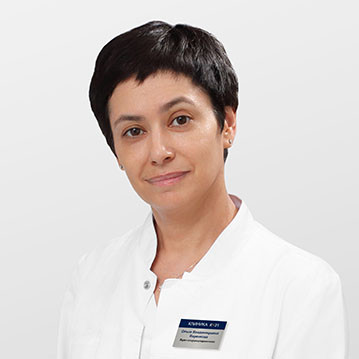
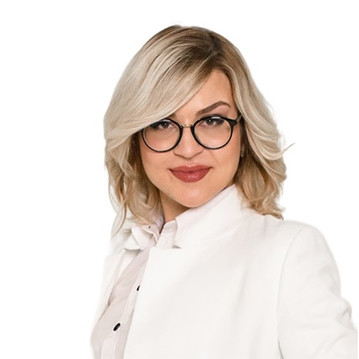
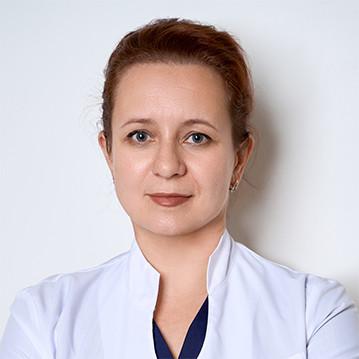

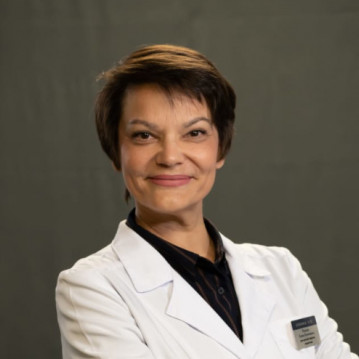
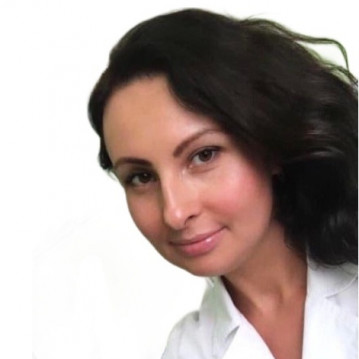
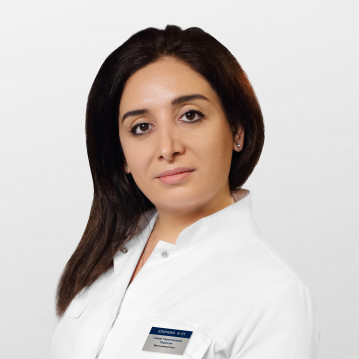
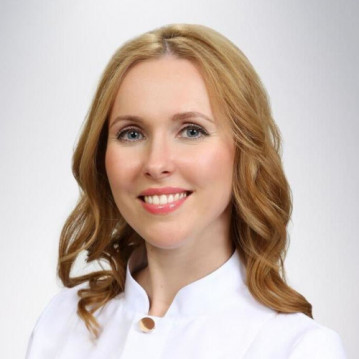
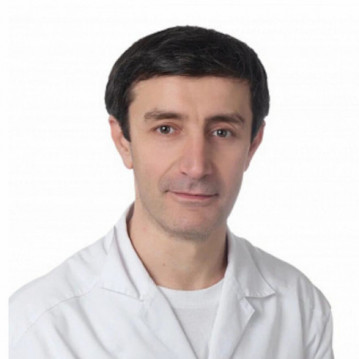
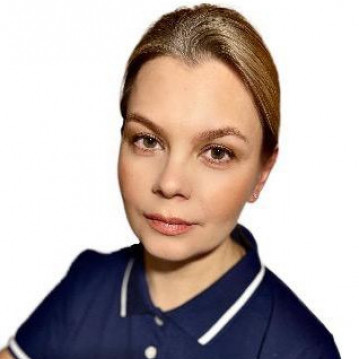
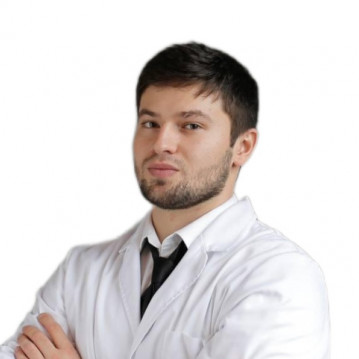









Causes of headaches in children
All factors can be divided into several groups:
These reasons are typical for the manifestation of secondary cephalgia, when the basis for the symptom is damage by inflammatory agents or vascular disorders. The child often has a headache under the influence of external factors - heat, lack of oxygen, too loud a sound.
If the symptom is the only manifestation of malaise, then in children there are only 3 main reasons:
Such pains occur against the background of complete health, and are often intense and long-lasting.